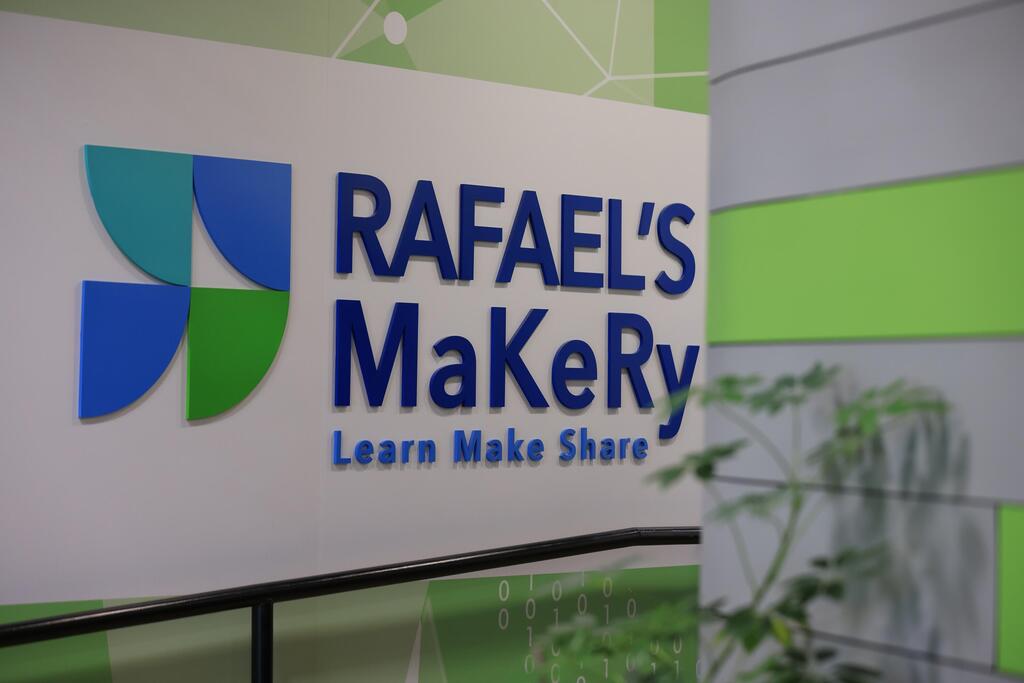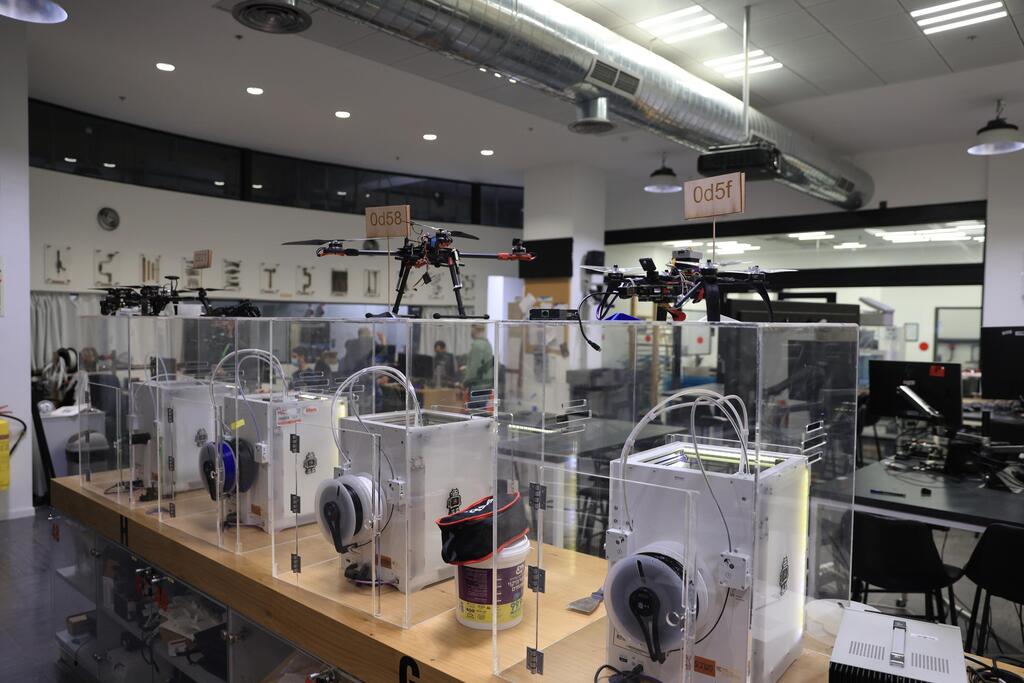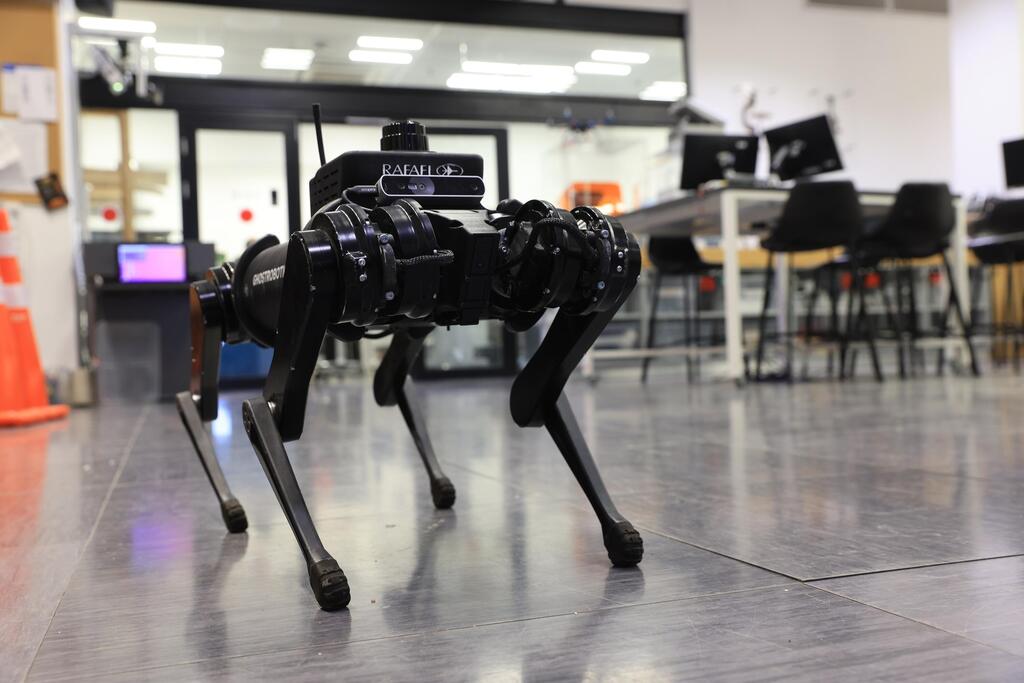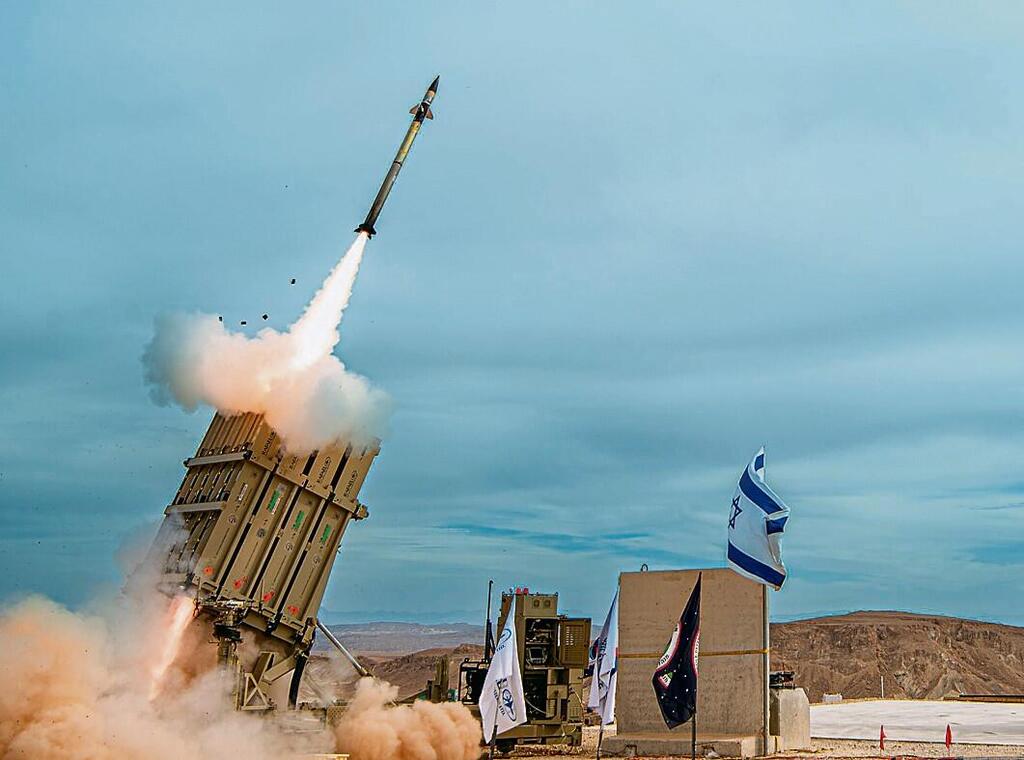Inside a secure compound operated by Rafael, Israel’s defense heavyweight known for Iron Dome, David’s Sling and soon Light Shield, sits something that feels slightly out of place: a noisy, fast-moving innovation center that operates more like a Silicon Valley startup than a branch of a traditional defense contractor.
In a wide, open workspace, engineers from various disciplines — mechanical, software, algorithmic and image processing — work side by side. This is Rafael’s internal makerspace, built to break conventions and generate solutions at lightning speed.
Speed over tradition
The philosophy here departs from conventional, slow-moving and costly development cycles. Instead, the motto is “fail fast,” according to M., the center’s director. The goal is to quickly identify risks and test feasibility — even if that means learning an idea doesn’t work. “A good failure is one we reach quickly, with insights for the next round,” M. said.
The space is equipped with all the tools necessary to turn concepts into reality: multiple types of 3D printers, advanced soldering stations, a mechanical workshop with cutting and milling tools and even high-powered machines that staff half-jokingly say “could take your finger off.” In short, it’s a one-stop shop for rapid innovation.
The aim is to eliminate red tape and move from concept to field trial within two weeks. Any Rafael employee with a viable idea can pitch it to a dedicated review team. Rather than seeking investors, like in a typical startup, these pitches are presented internally and can be backed by small budgets from existing projects. If there’s no budget available, the center may help raise funds or even allocate time from its own internal investment pool to build an initial prototype.
This fast-paced model proved itself during the recent conflict in Gaza. Teams were tasked with developing real-time solutions for units in the field. “We had to invent tools on the spot to help the different units,” one developer explained. Many solutions were built mid-operation, sometimes by reservists who were both serving and developing simultaneously. “Soldiers would report a need and our engineers would get to work,” they said.
While some projects remain classified, the lab is also a fertile ground for advanced applications of artificial intelligence. The work goes far beyond computer vision, a field where Israel already excels.
Leading AI researchers, including S., a deep learning specialist whose full name is withheld, use the space to rapidly seed and test ideas. Following an emotionally significant operational event, she approached the center to explore AI capabilities in existing drones. “We made it happen in no time,” she said. “This place is what made that possible.”
The goal is to make tools not just see better but understand context, make autonomous decisions and provide real-time value to soldiers on the ground. Some efforts involve building algorithms that interpret sensory data beyond visual input, tackling lesser-known technical domains that require entirely new approaches.
Robots and trust
AI is also central to the future of military robotics. While humanoid robots replacing soldiers remain a distant prospect, autonomous machines are already performing support roles such as carrying gear or conducting reconnaissance.
Still, challenges persist: cost, reliability in harsh conditions and, crucially, trust. Soldiers must feel confident in these systems. Human factors engineering plays a role here, designing optimal task division between human operators and autonomous systems while monitoring the operator’s cognitive load.
Rafael is also developing a custom language model that would allow commanders to give orders to robots using natural speech, tailored for battlefield scenarios.
Recent prototypes from the lab include a small autonomous indoor drone that navigates buildings without GPS or communications and makes decisions independently — like a hyper-intelligent robotic vacuum. There are also mini and micro drones with unusual movement patterns for sensor stability, a solar-powered wing platform for ultra-long endurance flight and a remote-controlled vehicle modified with Rafael systems. That vehicle, outfitted with a camera, computer and comms, was field-ready within 10 days and is already credited with saving lives.
The center even developed its own robotic dog — several, in fact. Some were passed on for deployment, used in tasks ranging from surveillance to equipment delivery in complex environments.
War-driven demand and strategic impact
Since October 7, the center has seen an influx of operational requests from soldiers and units returning from the field. Its speed, flexibility and hands-on approach allowed it to deliver quick, targeted solutions.
Direct contact with troops is vital. Engineers embed with units, observe operational challenges firsthand and return with insights that would never surface in a conference room. Many of them are active reservists themselves, creating an unusually short feedback loop between problem and solution.
Strategically, Rafael sees the innovation hub as more than a tech incubator. It’s a tool for shifting corporate culture. The company invests around 8% of its $4.8 billion annual revenue into R&D and has backed that with acquisitions including drone maker Aeronautics (2019) and mapping company VisionMap (2013), as well as indirect stakes in firms like Magna BSP.
Whether Rafael can truly adopt a startup’s DNA remains to be seen. But what is clear is that the secretive lab isn’t just an expensive playground for brilliant engineers. It’s a growth engine that bridges urgent operational needs with cutting-edge technology like AI, proving that even a massive, legacy defense firm can still learn to move fast.





